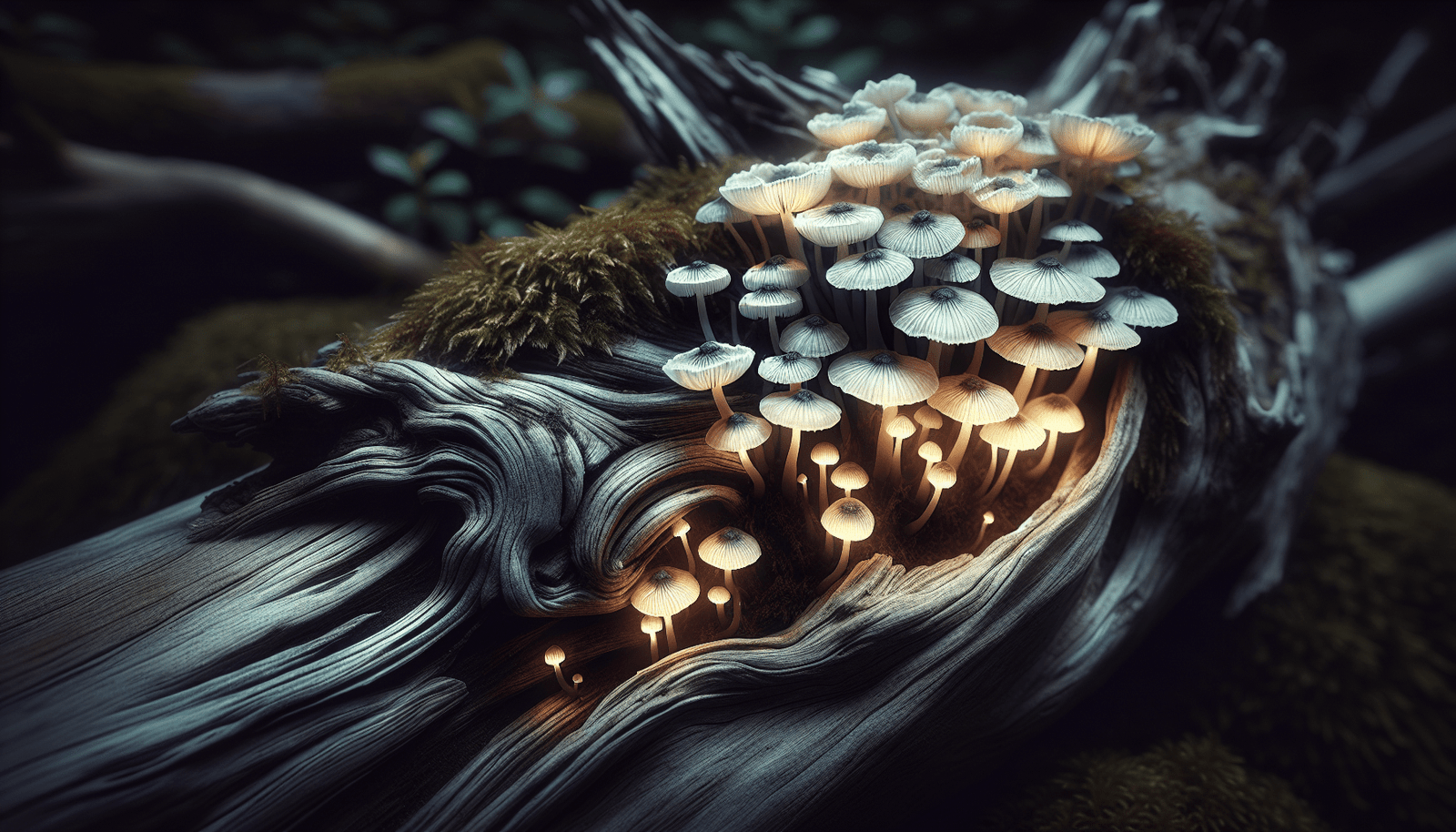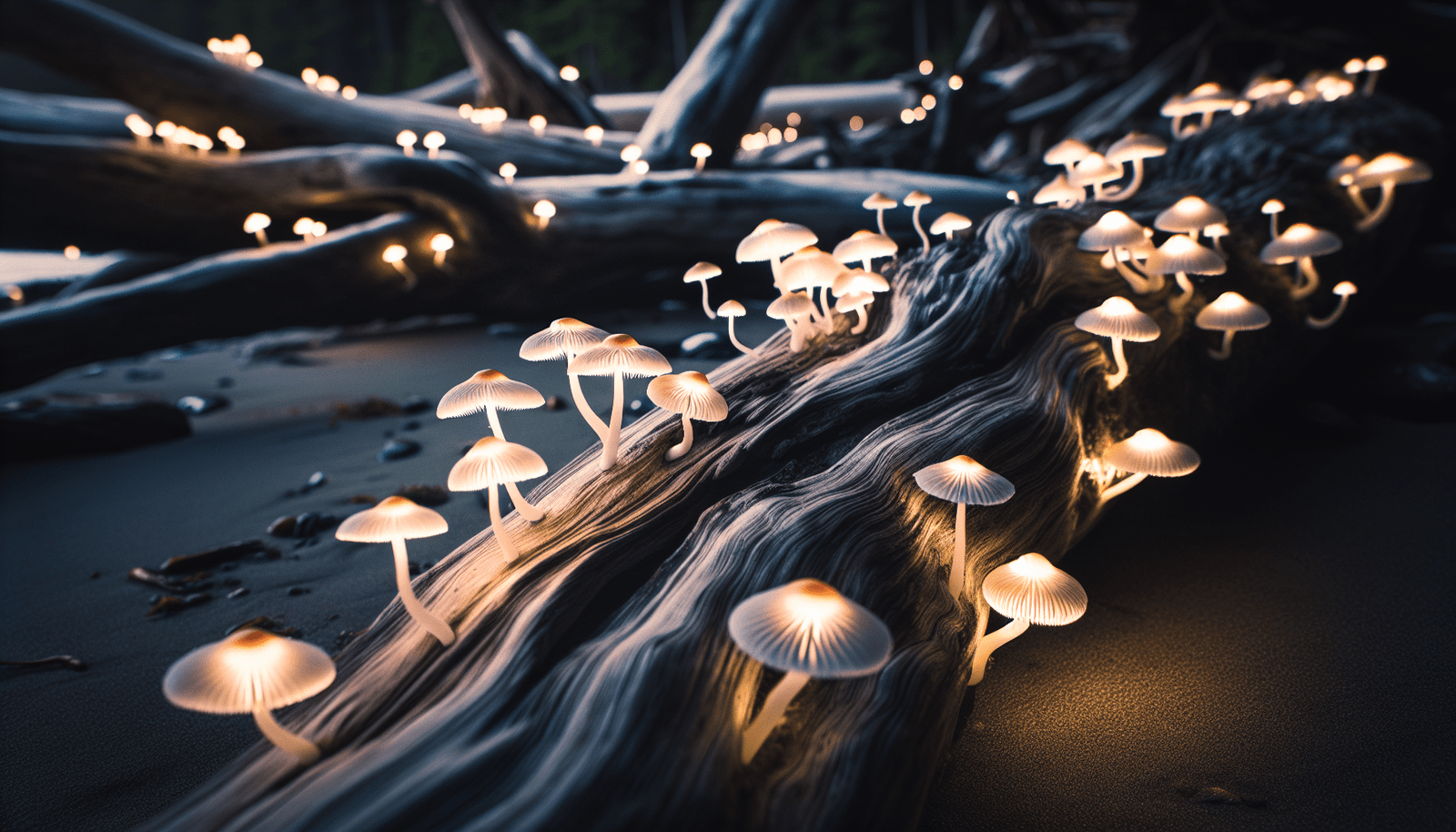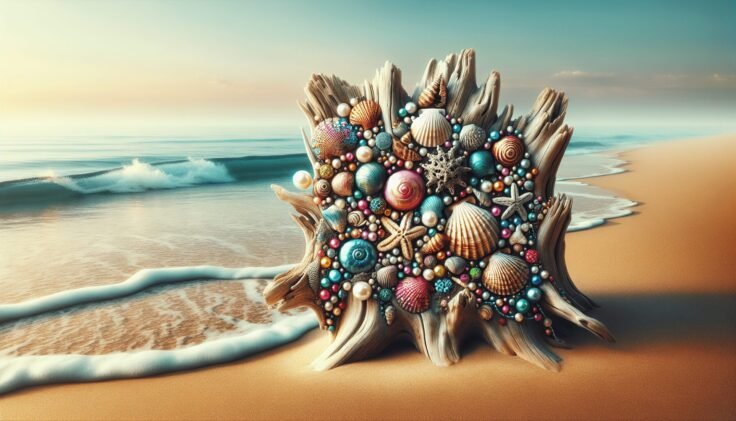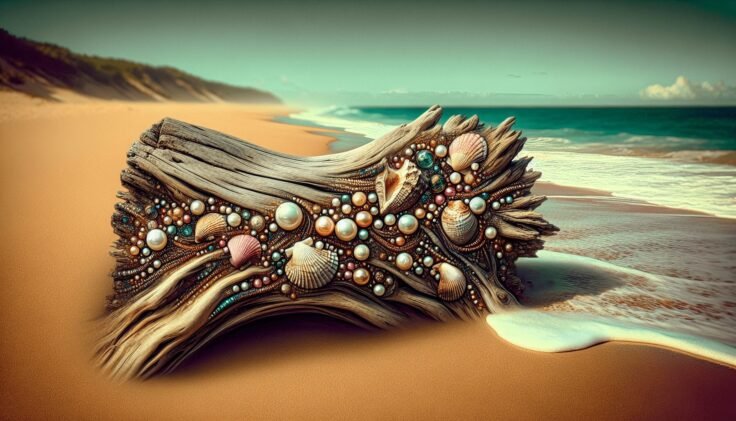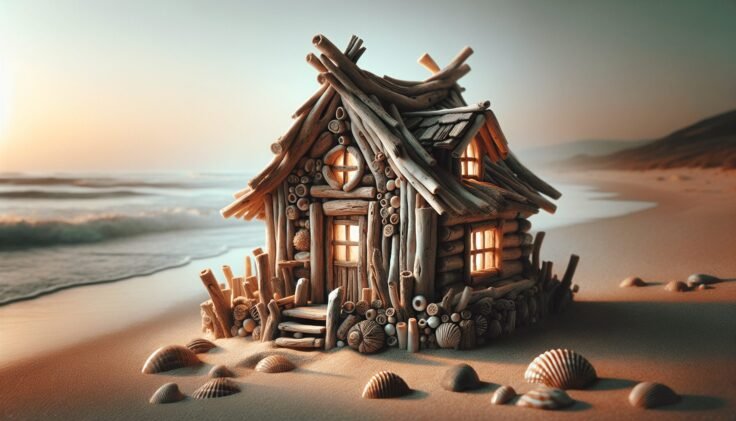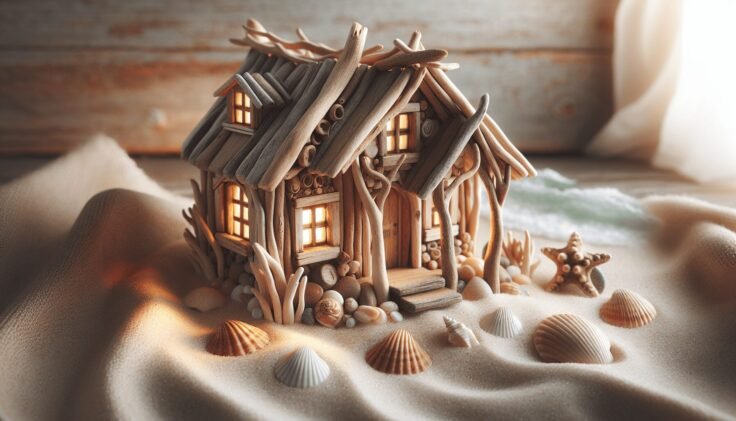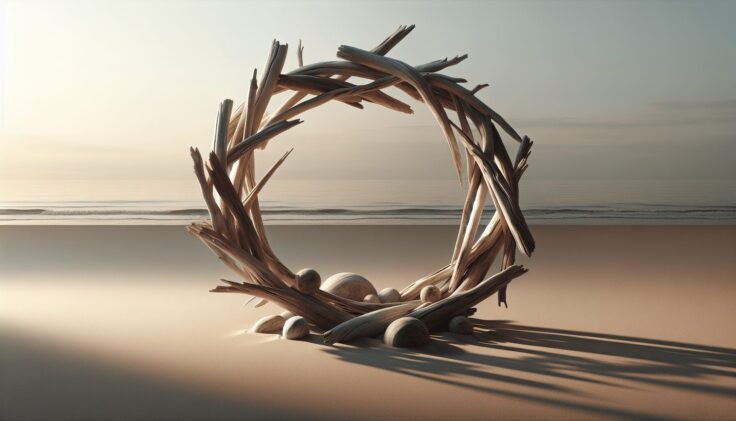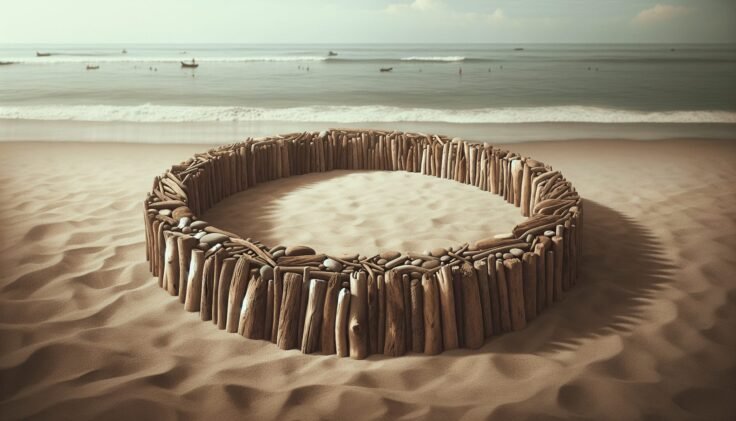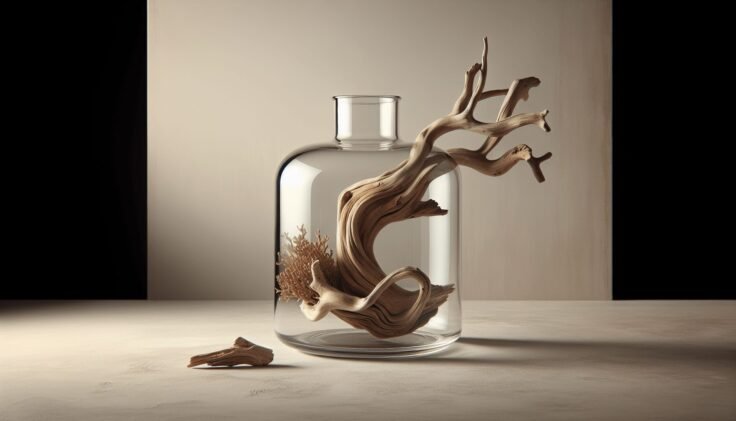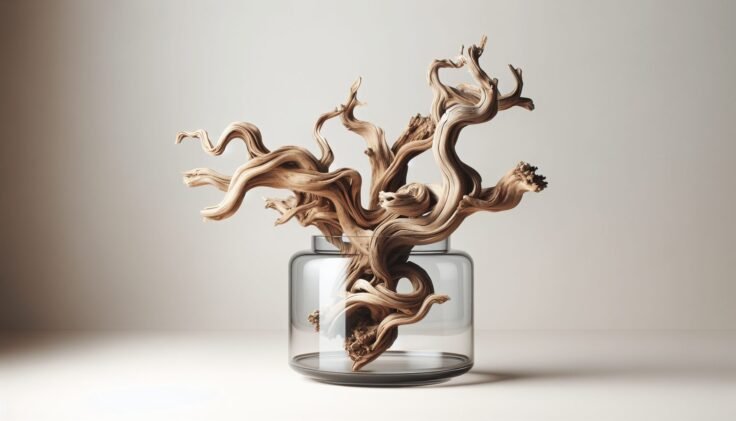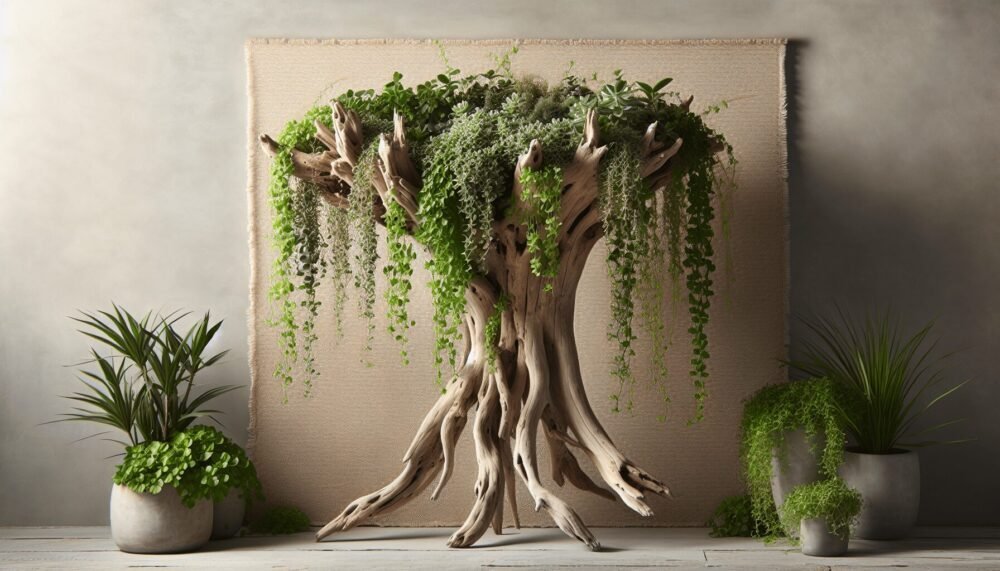Have you ever wandered along a beach and picked up a piece of driftwood, admiring its intricate patterns and smooth texture? It’s fascinating how something as simple as wood washed ashore can hold such beauty and mystery. Driftwood, shaped by nature over time, provides a unique tapestry of stories etched in its grains, curves, and knots. In this article, titled “Driftwood Natural,” we’re embarking on a journey to uncover the secrets of driftwood, its formation, uses, and the environmental impact it holds.
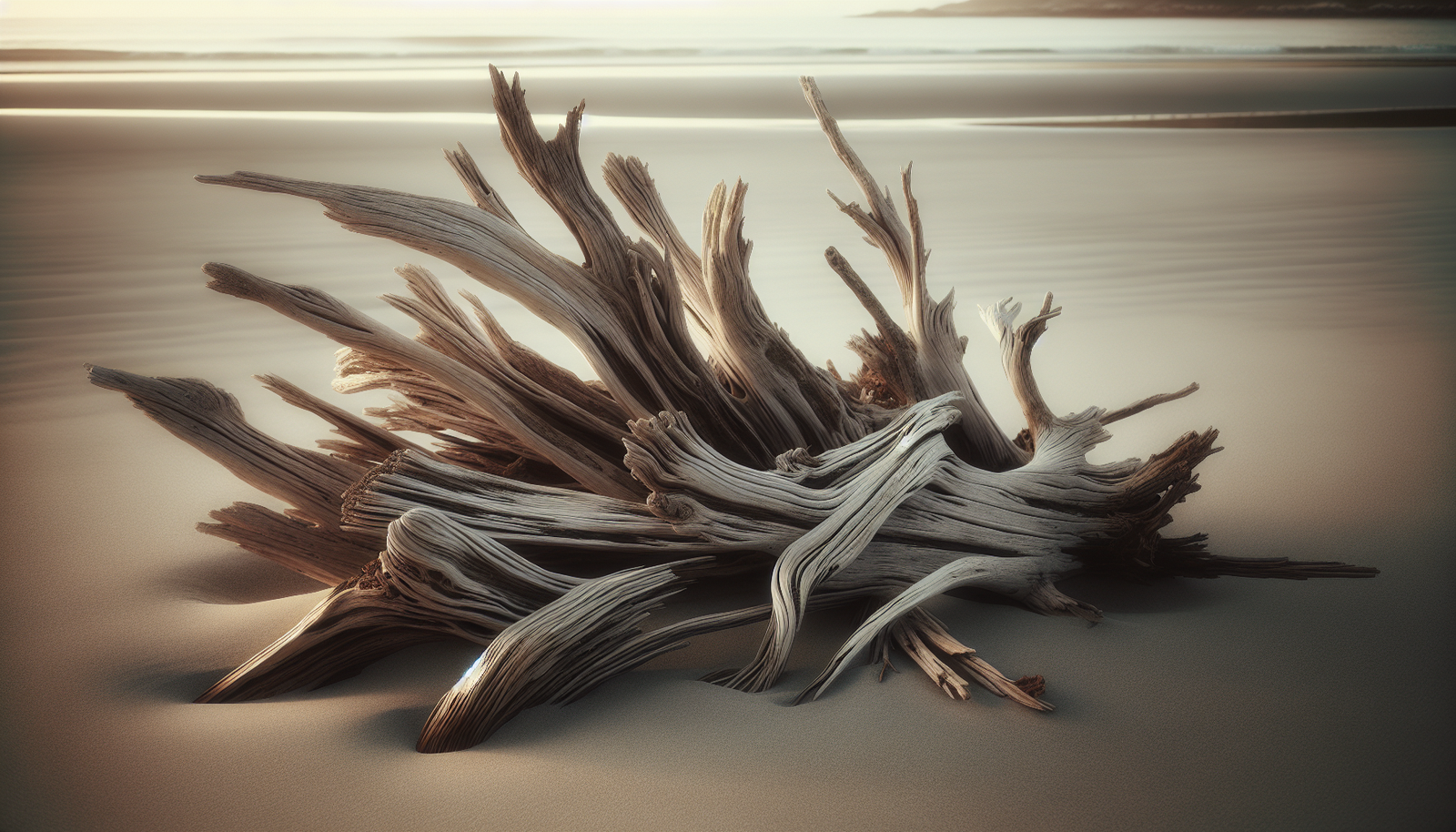
What is Driftwood?
Driftwood begins its journey as a tree, rooted firmly to the earth until natural forces take over. When these trees succumb to storms, floods, or other natural events, they find themselves being transported by rivers and streams, ultimately ending up in the ocean. Over time, the ocean’s relentless waves and currents wear down the wood. This natural process smoothens and shapes the wood, turning it into the unique pieces that eventually wash ashore.
Formation and Journey
The journey from tree to driftwood is an adventurous one. Initially, trees might be uprooted due to natural calamities such as storms or flooding. This can happen in coastal forests or near riverbanks. Once the tree is dislodged, the river or stream carries it into larger bodies of water.
The ocean plays a significant role in the transformation of these uprooted trees. As they float through the waters, tides, currents, and waves gradually strip away the bark and break the wood into smaller pieces. This process is not instantaneous; it can take years for a piece of wood to transform into what we recognize as driftwood. This weathering and natural refinement are what give driftwood its smooth, polished appearance and unique forms.
Types of Driftwood
Driftwood varies greatly depending on its origin and the forces at play during its transformation. Some common types include:
- Softwood Driftwood: Comes from coniferous trees like pine or cedar. It’s generally lighter and can have a more porous texture.
- Hardwood Driftwood: Originates from deciduous trees like oak or maple. This type is denser and often smoother than softwood.
- Tropical Driftwood: Found in warmer climates, often denser and darker due to the different types of trees native to tropical regions.
Here’s a simple rundown:
| Driftwood Type | Source | Characteristics |
|---|---|---|
| Softwood | Coniferous trees | Lighter, porous texture |
| Hardwood | Deciduous trees | Denser, smoother surface |
| Tropical Driftwood | Tropical regions | Darker, often more dense |
The Artistic and Practical Uses of Driftwood
Driftwood holds an allure not just for its natural beauty but for its wide range of uses. Artists and crafters embrace driftwood for its unique aesthetic and versatility, while others find practical uses for it in home decoration and even gardening.
Artistic Endeavors
Many artists turn to driftwood for inspiration and material. The uniqueness of each piece means that it can be used to create stunning artworks, from sculptures and wall art to intricate carvings. Artists often appreciate the natural forms and textures that driftwood offers, finding beauty in its imperfections. Because no two pieces are the same, driftwood art is guaranteed to be one-of-a-kind.
Home Décor
Incorporating driftwood into home décor brings a touch of nature’s elegance indoors. It can be crafted into furniture pieces like tables or chairs, adding a rustic charm to any room. Driftwood is also popular for making decorative items such as candle holders, mirrors, or picture frames. Its natural hues complement various color schemes, making it a versatile addition to any decor style, from modern minimalism to bohemian chic.
Gardening and Landscaping
Driftwood isn’t just restricted to indoor settings—it can be used in gardening and landscaping as well. As a feature piece in a garden, driftwood can enhance the natural beauty of the space. It can be used to create borders, support climbing plants, or even serve as the focal point in a landscape design. Its natural weather-resistant properties make it an ideal choice for outdoor use.
Driftwood and the Environment
While driftwood is undeniably beautiful and useful, it’s also essential to consider its environmental impact. Understanding the ecological role of driftwood helps us appreciate its place within the natural world.
Ecological Benefits
Driftwood plays a crucial role in coastal and marine ecosystems. When it remains in waterways or washes ashore, driftwood provides habitat and shelter for various forms of wildlife. Fish and invertebrates use submerged or floating driftwood as cover, while shorebirds might find it a perfect spot to rest. On land, driftwood can aid in stabilizing the sand dunes and prevent erosion, which is critical in preserving coastal landscapes.
Environmental Concerns
However, there can be challenges associated with driftwood removal. Taking driftwood from beaches without considering environmental impacts can disrupt local ecosystems. It’s essential to ensure that driftwood collection for personal or commercial use is sustainable and doesn’t harm the environment.
Driftwood Collecting: A Guide
Collecting driftwood can be a rewarding hobby, offering both relaxation and creativity. Before you set out on your driftwood adventure, it’s crucial to know the guidelines and best practices for collecting it sustainably.
Where and How to Collect
When seeking driftwood, it’s vital to consider both legal and ecological aspects. Some areas might have regulations in place to protect their natural resources. Always check local laws to ensure that collecting driftwood is allowed.
Tips for Collecting Driftwood:
- Research Locations: Look for public beaches where driftwood collection is permitted.
- Be Selective: Choose pieces that suit your needs and leave enough for wildlife and ecosystem balance.
- Consider Timing: Search after storms or during low tide when more driftwood is likely to be found.
Preparing Driftwood for Use
Once you’ve collected your driftwood, it’s essential to clean and prepare it for use, especially if you plan to bring it indoors.
Cleaning Process:
- Remove Debris: Use a brush to clear sand and dirt from the surface.
- Wash Thoroughly: Rinse with fresh water to remove salt and any remaining residue.
- Air Out: Let the driftwood dry in a shaded, well-ventilated area. For larger pieces, allow more time to fully dry.
Treating for Longevity
To preserve the driftwood’s natural beauty and ensure it lasts, consider treating it with a sealant or finish. This is particularly useful if the driftwood will be exposed to the elements or used in crafted works.
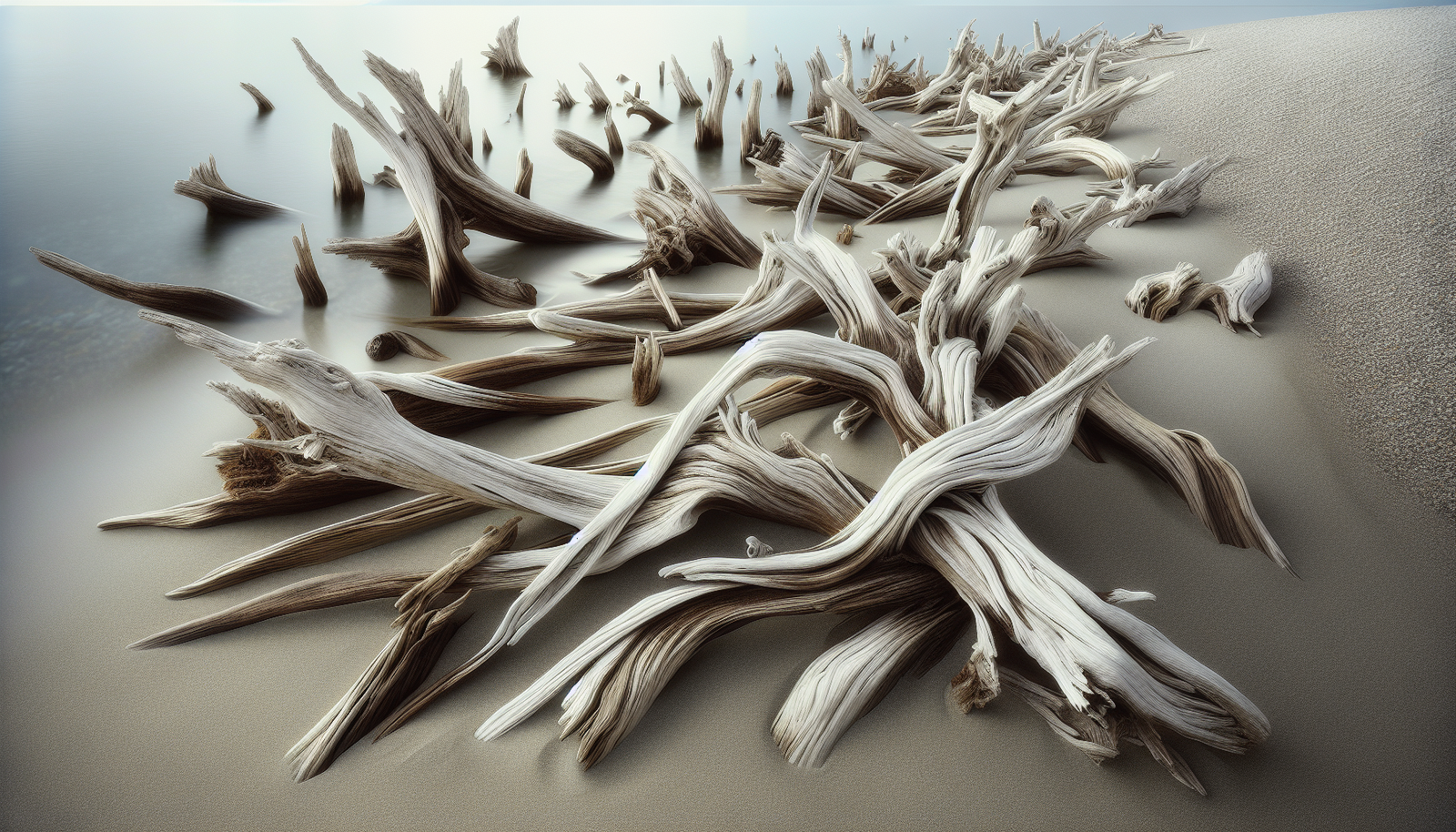
Driftwood in Popular Culture
Beyond its physical uses and artistic potential, driftwood also holds a place in cultural symbolism and practices.
Symbolism and Spirituality
In various cultures, driftwood symbolizes transformation and renewal. Its journey from tree to driftwood is reminiscent of life’s cycles, embodying endurance and change. It’s often used in rituals or meditative spaces to inspire reflection and personal growth.
Literature and Storytelling
Driftwood has captured the imagination of writers and storytellers, often serving as a metaphor for resilience and the passage of time. In literature, it’s not uncommon for driftwood to appear in prose and poetry as a symbol of nature’s artistry and the continuous ebb and flow of life.
Creating with Driftwood: DIY Projects
Embrace your creative side with some DIY driftwood projects. Whether you’re a seasoned crafter or just getting started, driftwood offers a medium full of possibilities.
Driftwood Craft Ideas
- Coat Rack: Attach hooks to a robust piece of driftwood for a rustic coat rack.
- Mirror Frame: Surround a simple mirror with driftwood pieces for a beach-inspired look.
- Driftwood Mobile: String together smaller pieces to create a whimsical outdoor mobile.
Custom Decor and Furniture
For those willing to take on a larger project, driftwood can be transformed into stunning furniture pieces. Craft a unique coffee table or bookshelves, turning your living space into a gallery of natural art.
Conclusion: The Natural Beauty of Driftwood
Driftwood transcends being just a piece of wood; it is a testament to nature’s artistic prowess. From its formation through natural forces to its uses in art, decor, and even storytelling, driftwood holds a charm that invites you to look closer. By appreciating its journey and respecting its place in the ecosystem, you can enjoy the beauty of driftwood sustainably. Whether you collect it, craft with it, or simply admire it on a walk along the beach, driftwood invites you to connect with nature’s creativity and resilience.
